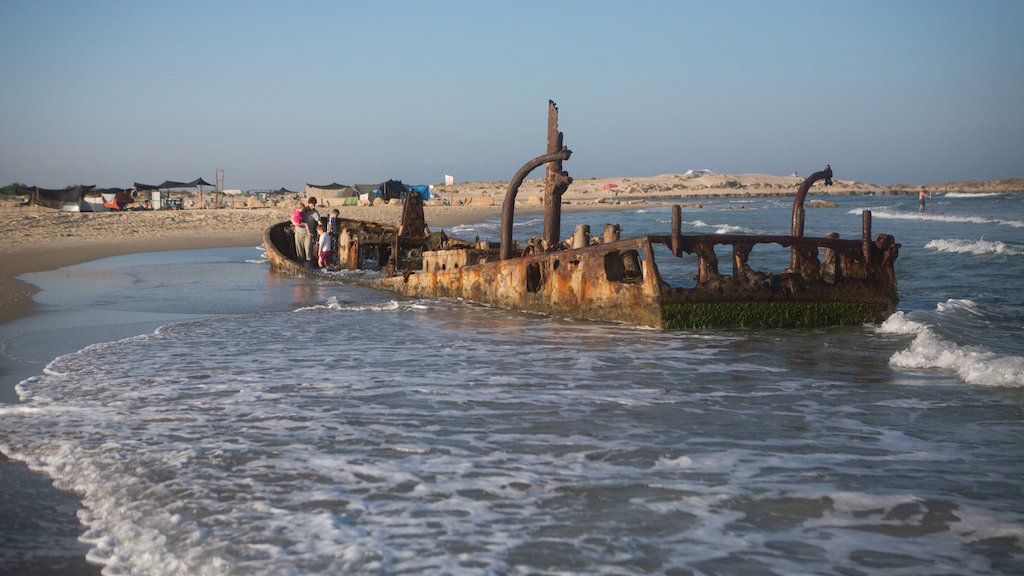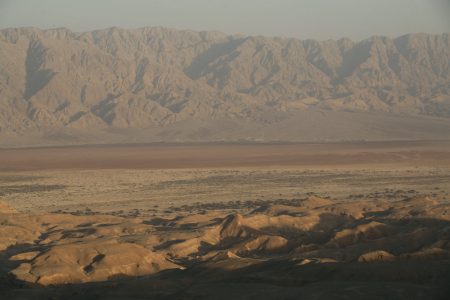Did British-Israeli Tin Trade Supply Solomon’s Temple?
Scientists recently found evidence suggesting that Solomon’s Temple may have been built with bronze made from British tin. Late Bronze Age tin ingots found in Israel have been analysed and shown to have originated in the tin mines of Cornwall and Devon.
The Bible records Solomon sending trading ships to Tarshish, returning along the African coast (1Kings 10:22). Jonah fled on such a ship away from Nineveh, confirming that Tarshish was far to the west of Israel (Jonah 1:1-3). Ezekiel 27:12 later tells us that the wealth of Tarshish was ‘silver, iron, tin and lead’. The mineral-rich kingdom of Tartessos did exist in south-west Spain, but the tin it traded was not indigenous, coming instead by sea from Cornwall. Britain had supplied tin for bronze-making to all of Europe for centuries, hence its prosperity during the Bronze Age. As such, Britain would have traded tin with Israel using ‘ships of Tarshish’.
But that biblical detective work has now been confirmed with hard evidence. In the second-millennium BC, known as the Bronze Age, the name itself illustrates how widespread and important bronze was to societies all across Europe and the Middle East. Bronze is made from copper and tin, but tin is very rare in Europe and Asia, giving it a value and strategic importance in those times similar to oil today.
In 2012, a Late Bronze Age shipwreck was found at Hishuley Carmel containing tin ingots, and in 2014, archaeologists discovered a Neolithic sunken village known as Kfar Samir, 200 metres off the coast of Haifa and 5 metres down, which also revealed some ancient tin. Along with tin ingots from coastal Crete and Turkey and a third location near Haifa, these 27 samples were analysed by an international team of interdisciplinary scientists, and the results published in June 2019.
The isotopes and chemical composition of each sample give a ‘geological model age of the parental tin ores’, and this was compared with different ancient tin mines, such as deposits in Turkey, central Asia and Egypt. Unlike the Cretan and Turkish ingots, which appear to have a different source, the Israeli tin was most closely correlated with the mines of south-west England.*)
In the same period as the shipwreck, the ancient copper mines of Timna Valley were in full production, in the desert of southern Israel north of what is now Eilat. There are rich deposits of copper and iron along the entire length of Wadi Arabah between the Dead Sea and the Gulf of Aqaba, and in the 1930s, American archaeologist Nelson Glueck [pronounced Glick] proposed these as the location of the legendary ‘King Solomon’s Mines’.
Solomon’s Temple used a vast amount of bronze: for its two pillars, its huge ‘sea’ on twelve cast oxen, and its ten wheeled stands and basins, along with utensils too numerous to be weighed (1Kings 7:13-47). This would have needed masses of copper to make the alloy, and the Timna mines seemed an obvious source. But other archaeologists rejected Glueck’s conclusions, since the mines were evidently from the time of New Kingdom Egypt, generally dated to the 13th to 12th centuries BC, whereas Solomon was a 10th-century king.
Recent archaeology has been questioning this assumption, though. Excavations by Thomas Levy at Khirbet en-Nahas in southern Jordan from 1997 onwards started to confirm many of Glueck’s conclusions. In 2013, Erez Ben-Yosef from Tel Aviv University began excavating one of the largest Timna mining camp on a fortified sandstone mesa called Slaves’ Hill, and in 2016 they found ancient donkey manure with undecayed plant matter. Radiocarbon dating of this and of textiles and other organic material showed that the heyday of this industrial- scale mining camp was the 10th century, the time of Solomon. In fact, seeds and pollen spores from the dung showed that the animal feed was imported from an area more than 200 kilometres north, near the Mediterranean coast, indicating connections not just with Edom to the east but also possibly Solomon’s kingdom.**)
If the tin found in the shipwreck off Haifa was from the same archaeological period as the Timna copper mines, and if the copper mines should now be dated to the 10th century despite Late Bronze Age associations, then the smelting of this copper and tin together would have made bronze, enough bronze for Solomon’s great Temple in Jerusalem. Though the chronology is still hotly debated by archaeologists, the evidence does point to Britain having had a small but vital role in the building of Solomon’s Temple.
*) Daniel Berger, Ehud Galili et al., “Isotope systematics and chemical composition of tin ingots from Mochlos (Crete) and other Late Bronze Age sites in the eastern Mediterranean Sea: An ultimate key to tin provenance?”, PLOS One, 26 June 2019, <https://doi.org/10.1371/journal.pone.0218326>. See also <www.timesofisrael.com/groundbreaking-study-ancient- tin-ingots-found-in-israel-were-mined-in-england/>.
**) Erez Ben-Yosef, Dafna Langgut & Lidar Sapir-Hen, “Beyond smelting: New insights on Iron Age (10th c. BCE) metalworkers community from excavations at a gatehouse and associated livestock pens in Timna, Israel”, Journal of Archaeological Science: Reports 11 (2017): 411-26; click here.
See also: Found: Fresh Clues to Mystery of King Solomon’s Mines






